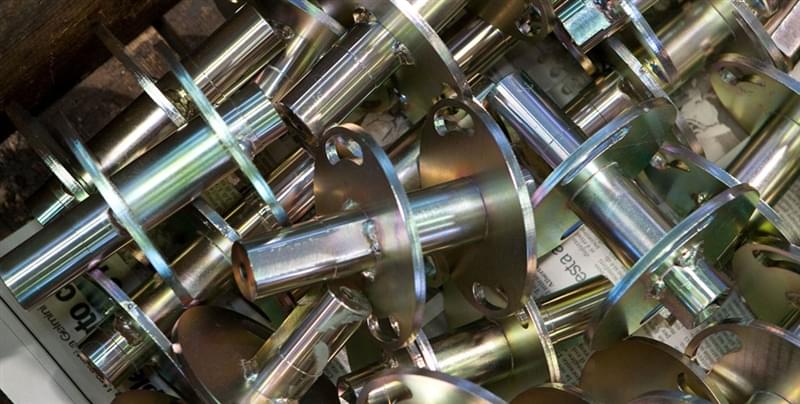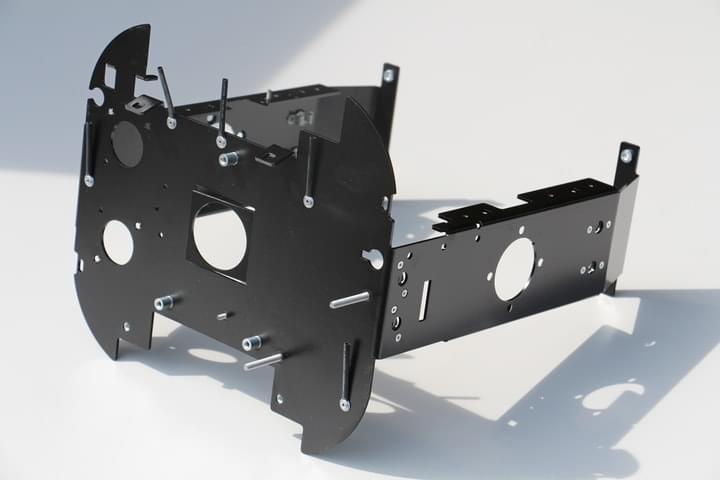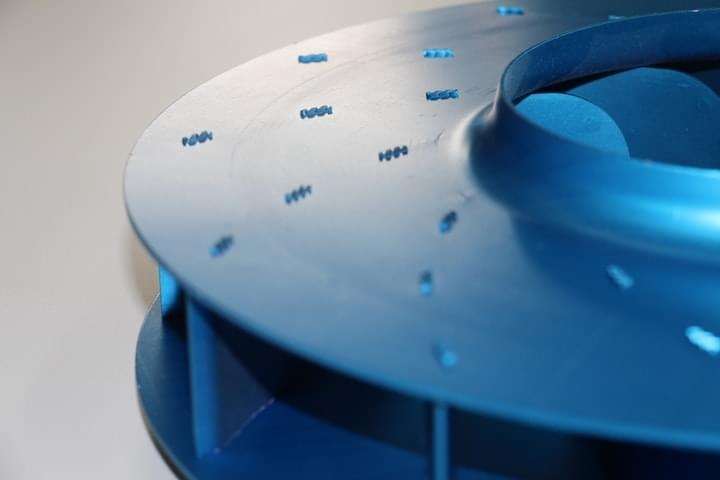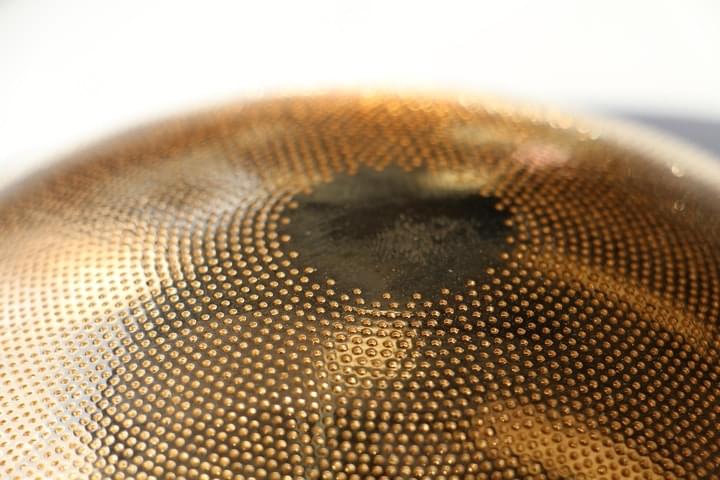Metal finishes: knowing the most important processes of sheet metal working

There are many different types of metal finishes to which metals are submitted. Beginning from the design and engineering, passing through the hot and cold sheet metal working (such as metal blanking, sheet metal deep drawing, sheet metal bending, punching threading etc.), a metal component arrives to the final phase of work: the metal surface finishing process.
In this article you will find the following insights:
- What is meant by “sheet metal surface finish”;
- All metal finishes;
- Minifaber sheet metal surface finish treatments.
Sheet metal surface finish: what does it mean?
With "sheet metal finishes", specialists usually denote the external treatment of a metal component which is submitted to an application of a thin film on its surface. These final phases of sheet metal working are commonly used for all stainless steel products, aluminum, copper and all the other most known metal surfaces.
Aluminum and steel finishes for example are useful to make finished products:
- more resistant to corrosion
- with an higher durability (think about plants’ component)
- with a more pleasant decorative appeal (think about metal designed furniture).
Sheet metal finish also provides an optimal finish for the workpiece and protects the metal against wear and oxidation.
Learn more about aluminum sheet finishes here.

Sheet metal finishing process: all methods and applications
Depending on the use for the sheet metal, Minifaber chooses the right finish. Since the metals might be exposed to extreme heat or dangerous materials, it’s vital to choose the type of sheet metal that’s ideal for your application. Installing the wrong metal can result in very expensive and even fatal events.
There are various types of metal finishes, from the traditional sand blasting process to the brushed one; each method with a specific characteristic. Below there’s a list of the most common.
Sand Blasting
Sand blasting consists in the act of hitting external or internal metal surfaces with a jet of fine bits of abrasive material (such as, precisely, sand).
This metal surface finishing process is used to treat surfaces such as stainless steel or carbon steel, in order to make them matt, more resistant to corrosion and clean from impurity; this is in fact the phase that usually precedes the following painting phases.

Metal Plating
Among all sheet metal finishes, metal plating is one of the most known. It consists in covering a surface with a thin film of another metal, which could be nickel, silver, gold etc. making it more resistant to corrosion, heavy usage and environmental conditions.
Used to decorate objects, furniture, jewelry, musical instruments, electronics etc., this kind of sheet metal finish includes a lot of specific operations: gold, silver, chrome or zinc plating.
Metal plating also:
- Add durability;
- Increase corrosion resistance;
- Improve appearance.

Brushed Metal
Brushed metal is the typical metal surface finishing process ideal for removing imperfections from the surfaces, with special abrasive brushes. This application ensures a high quality of the finished product.
It’s often required also to recover specific functionalities. It means that in the case of damaged gears or mechanical parts, the operation of brushing can get them running again. It’s also used to reach a granular and scratched texture on external surfaces.
Metal polishing
Metal polishing is a sheet metal surface finish used for obtaining polished metal surfaces.
Commonly used on stainless steel, copper or aluminum sheet metal, polishing operations are usually made for smoothing and polishing entire objects and parts of them before being submitted to other types of metal finishes such as chrome, gold and silver plating.
The result is always a glossy and really polished surface; this is the reason why sometimes, metal polishing is a metal surface finishing process used to give new life to old, ruined or neglected metal surfaces.
Powder coating
Powder coating is a metal surface finishing process, which consists in covering metal surfaces with a thin organic film.
The aim is double: decorative and protective. In fact, powder coating allows the metal surface to become more pleasant but also more resistant to weather conditions, heavy usage and corrosion.
Compared to the classic painting process, powder coating has a longer durability even if the brightness doesn’t reach that of liquid paints.
Minifaber sheet metal surface finish treatments
Minifaber employs suppliers who have extensive know-how in the metal surface treatment field. The purpose of these metal treatments is to grant the product an excellent finish that, not only provides aesthetic value, but increases its durability, eliminating harmful oxidation processes.
The metal finishes we provide can be used both for semi-finished and finished products: whether you need to process small batches or large quantities of products, our services are available to meet your needs!

